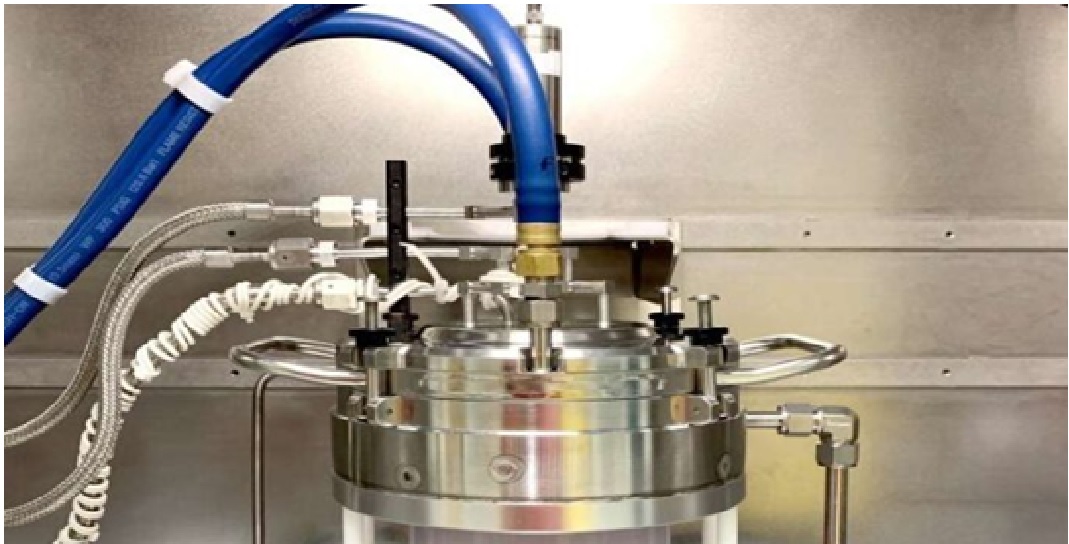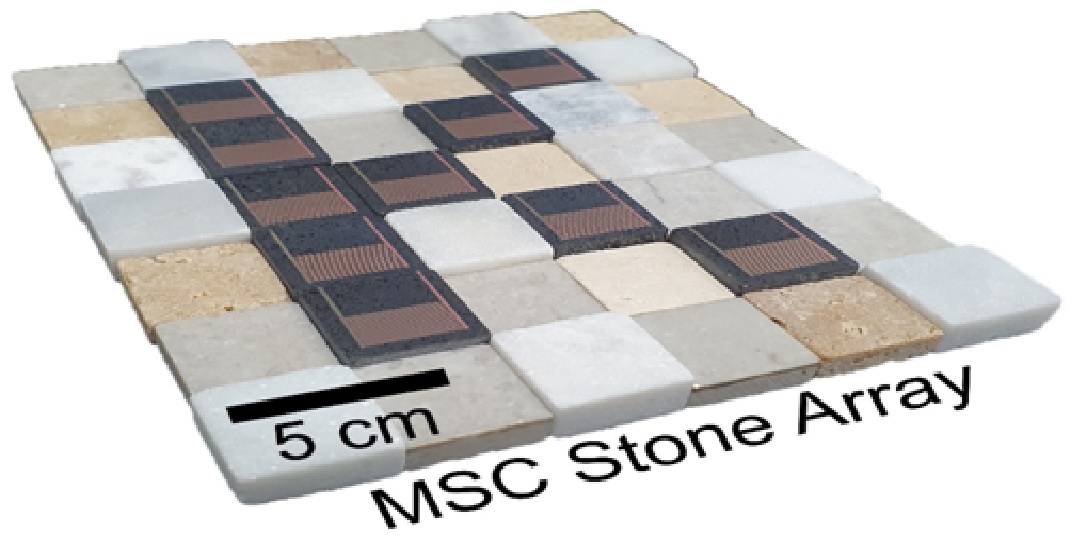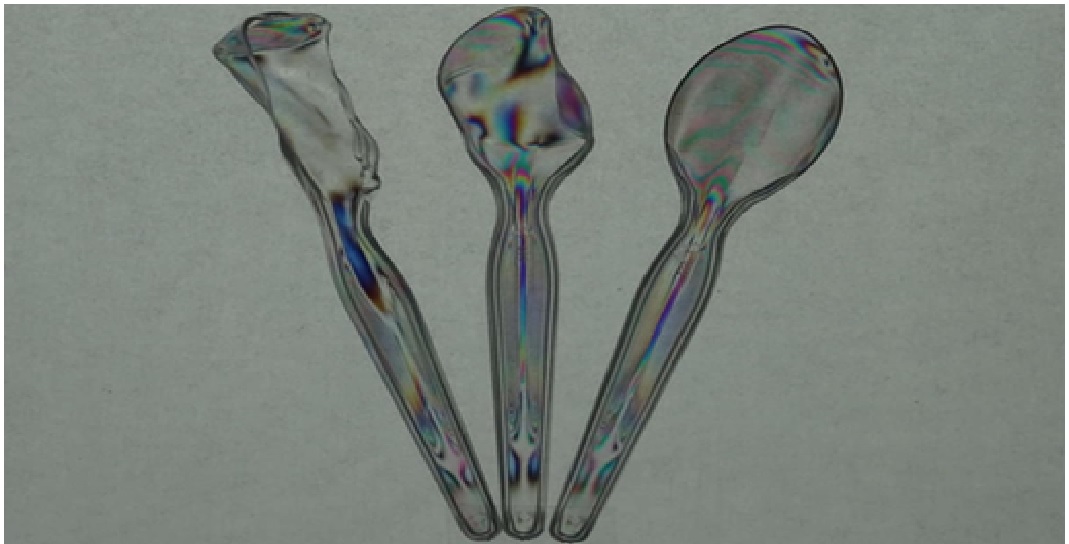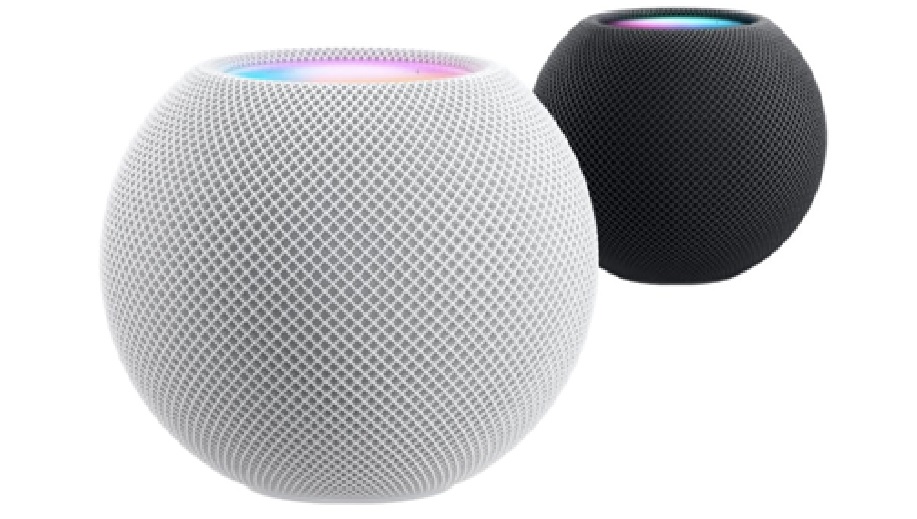Stanford-Developed Millirobot Swims in Your Body and Delivers Medicine
That medications aren’t often designed to target specific areas of pain if you’ve ever taken the same round pill to try to cure everything from headaches to stomach cramps. Although many diseases have been treated with over-the-counter drugs for many years, biomedical scientists have only recently begun to look for ways to more effectively treat more complex medical problems, such as cancer or cardiovascular disease, using targeted drug delivery.
The millirobot is a potential development in this emerging field of biomedicine. With their ability to crawl, spin, and swim in tight spaces during their mission to probe the inner workings or dispense medicine, these fingertip-sized robots are set to be future saviors in medicine. [1]
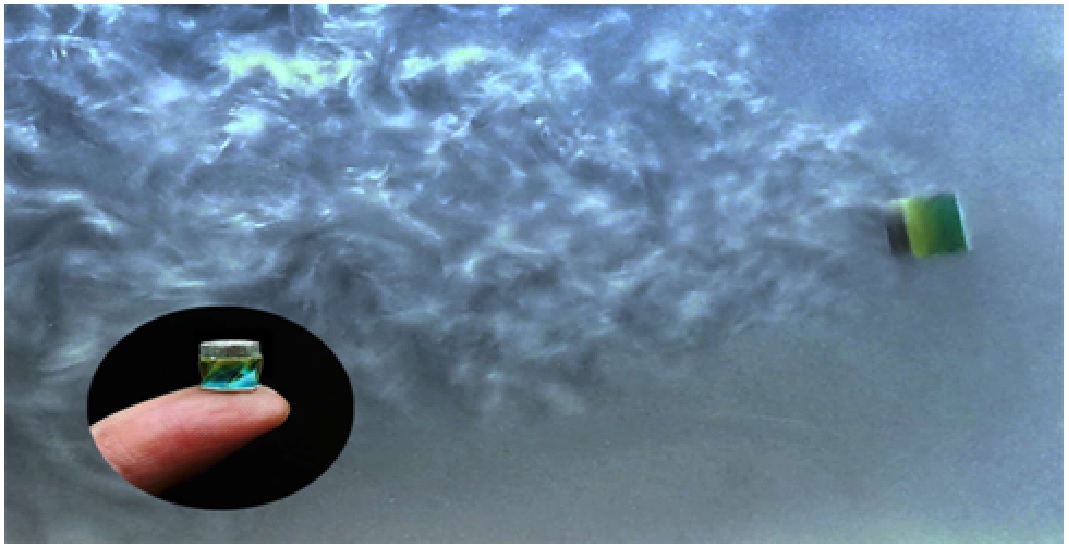
Figure 1. Stanford-Developed Millirobot Swims in Your Body and Delivers Medicine
Figure 1 shows renee Zhao, a mechanical engineer who leads analysis on this area at Stanford College, is creating numerous millirobot designs concurrently, together with a magnetic crawling robotic that was lately seen worming its means by a abdomen on the quilt of Science Advances. Her robots can self-select numerous locomotive states and navigate obstacles throughout the physique as a result of they’re powered by magnetic fields, which permit for steady movement and may be utilized instantaneously to supply torque. Zhao’s group has found a strategy to propel a robotic throughout the physique at distances ten occasions its size in a single soar just by altering the magnetic area’s path and energy. [2]
Reshaping drug delivery
On top of looking at how folding could enable the robot to perform certain actions – imagine an accordion fold that squeezes out medicine – Zhao’s team also considered how the dimensions of each fold’s exact shape influenced the robot’s rigid motion when it was not folded. As a result, the robot’s unfolded form inherently lends itself to propulsion through the environment. Such broad-minded considerations allowed the researchers to get more use out of the materials without adding bulk – and in Zhao’s world, the more functionality achieved from a single structure within the robot’s design, the less invasive the medical procedure is. [3]
The smaller, simpler, the better
While we won’t see millirobots like Zhao’s in real health care settings until more is known about optimal design and imaging best practices, the lab’s first-of-its-kind swimmer highlighted in Nature Communications is among their robots that are furthest along. It’s currently in the trial stages that come before any live animal testing that proceeds human clinical trials.
In the meantime, Zhao’s team continues combining a variety of novel smart materials and structures into unique designs that ultimately form new biomedical devices. She also plans to continue scaling down her robots to further biomedical research at the microscale. [4]
References:
- https://todaypennsylvania.com/a-millirobot-developed-by-stanford-floats-in-your-body-and-delivers-medicine-to-the-right-places/69365/
- https://www.thetimesoftruth.com/stanford-developed-millirobot-swims-in-your-physique-and-delivers-medication-to-locations-that-want-it/
- https://publicnewstime.com/news/tech/stanford-developed-millirobot-swims-in-your-body-and-delivers-medicine-to-places-that-need-it/
- https://scitechdaily.com/stanford-developed-millirobot-swims-in-your-body-and-delivers-medicine-to-places-that-need-it/
Cite this article:
Thanusri swetha J (2022), Stanford-Developed Millirobot Swims in Your Body and Delivers Medicine, AnaTechMaz, pp.275



